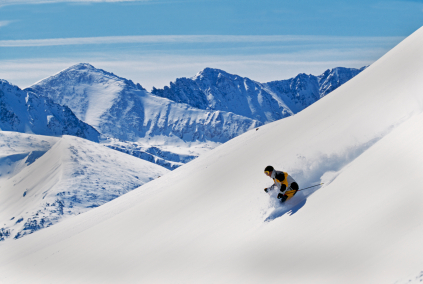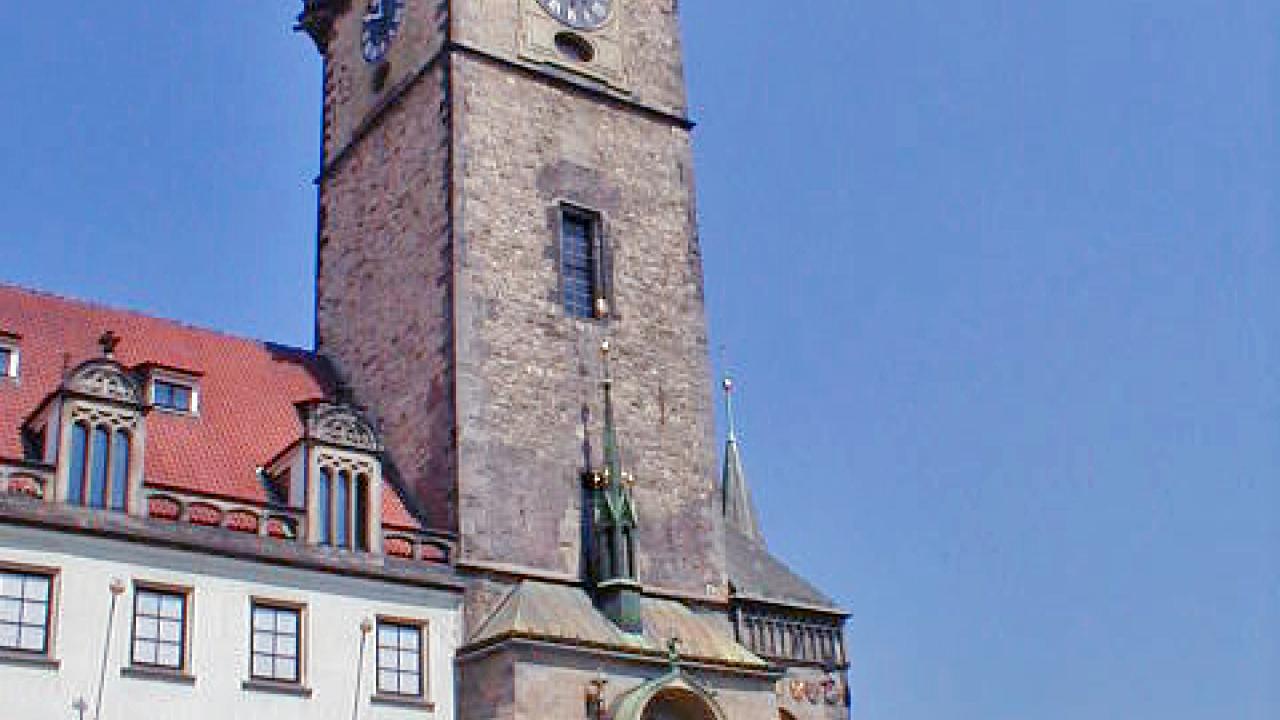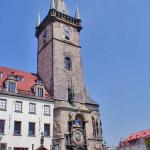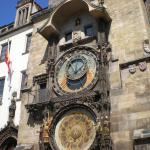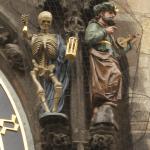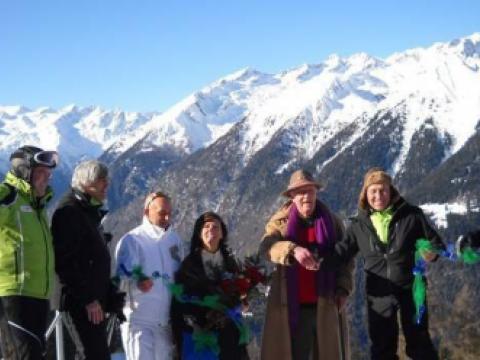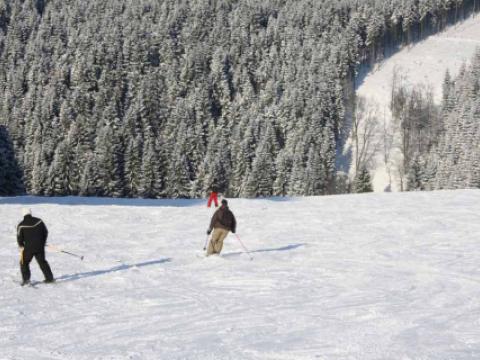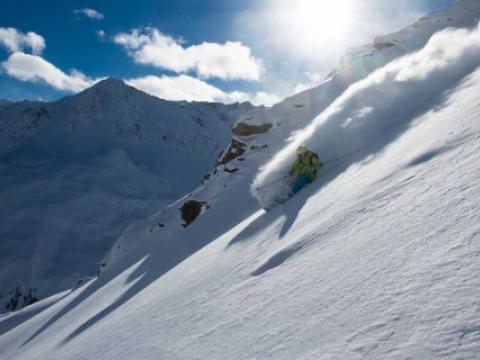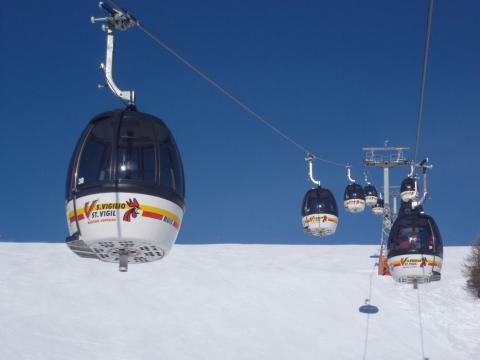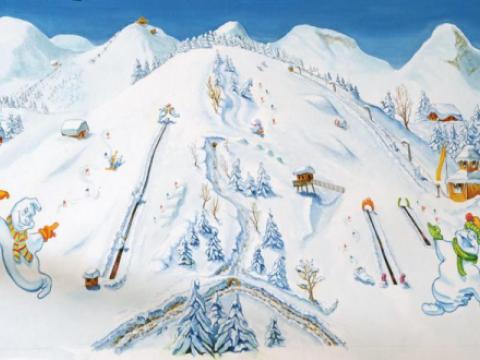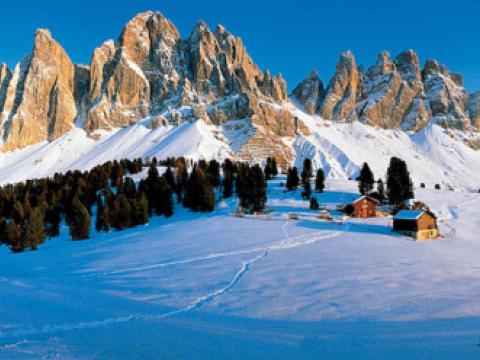Location
Built in the late medieval period, the Astronomical Clock was a true masterpiece of science and crafts of that time. The Orloj, as the locals call it, besides showing the time of the day, shows also the positions of the Sun and the Moon. The calendar and the signs of zodiac are also part of the Clock.
In the time, when it was built, it was a real wonder, but nowadays in the modern era, the Astronomical Clock is more celebrated for its design. A colorful cock is a part of the Clock Tower located in the middle of the Old Town Square. An interesting feature of the clock is that at every full hour four figures on the clock move. The skeleton figure, representing the death rings the bell and the rest three figures – the Vanity, the Greed, and the Pleasure, shake their heads.
Go to the Center of the Old Town to see the world-famous Prague Astronomical Clock. The Clock Tower stands in the southern part of the square.
Take photos and explore the Astronomical Clock and the area around the Clock Tower, as it is completely free to do that.





